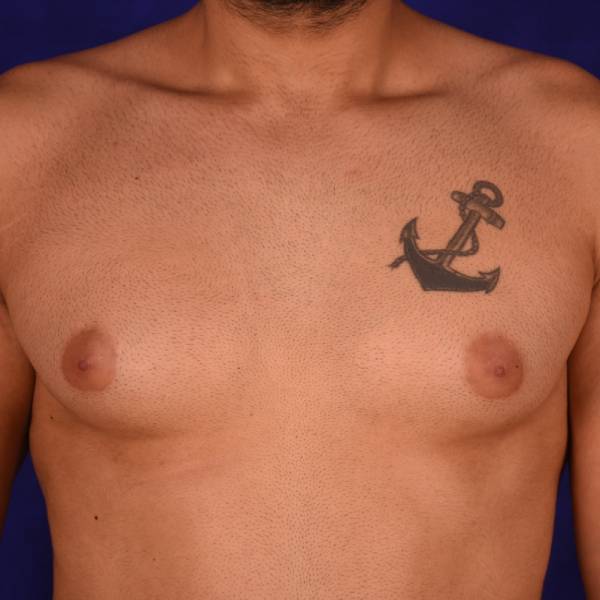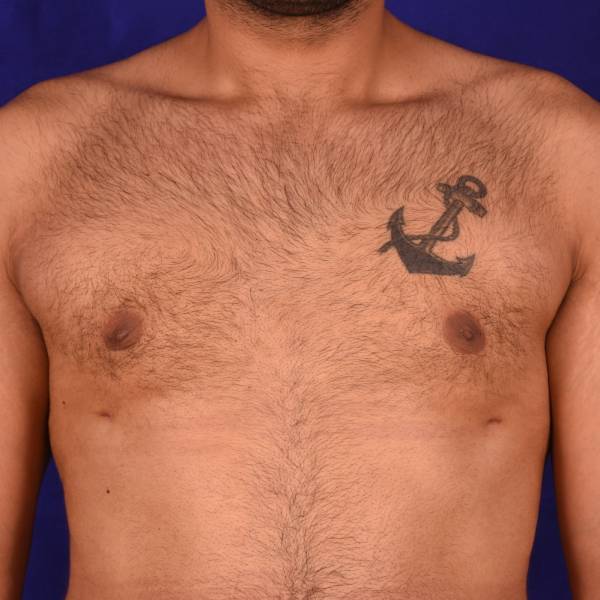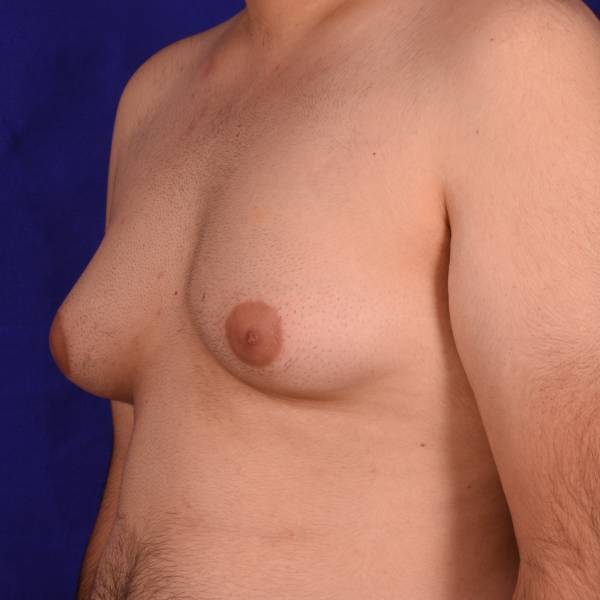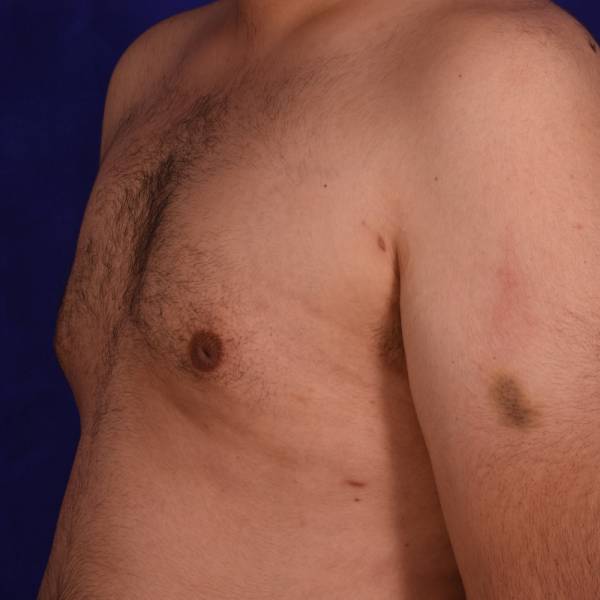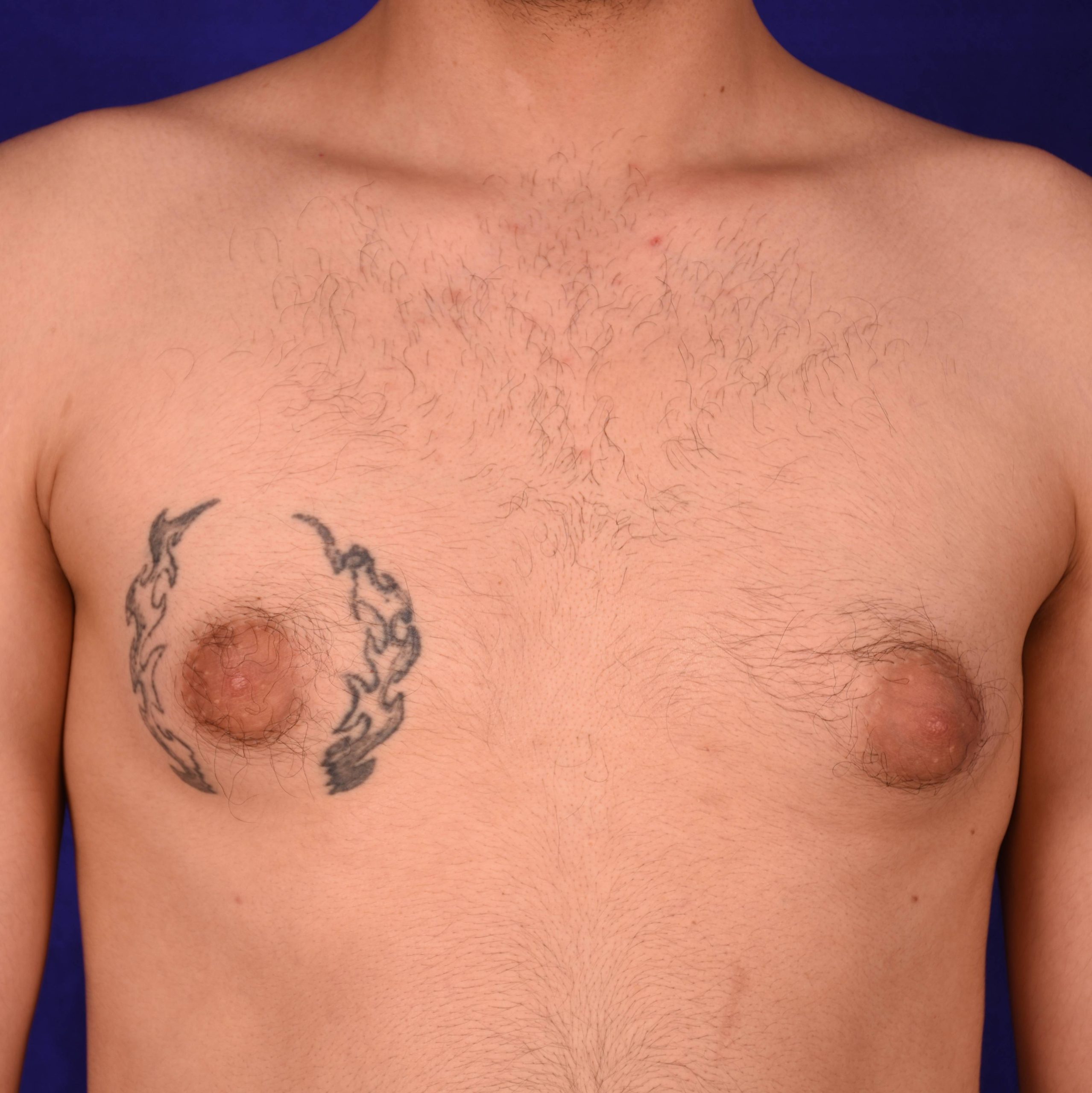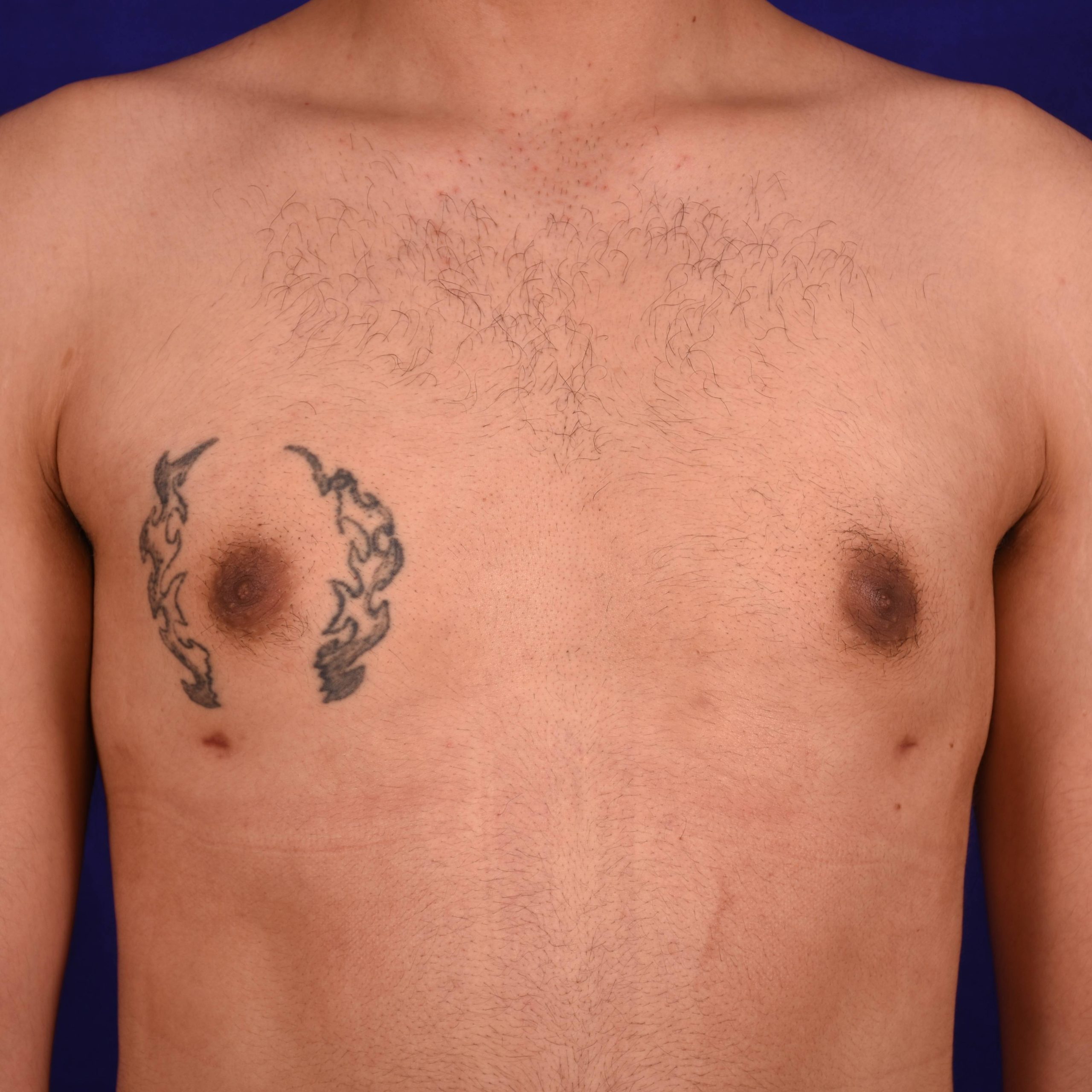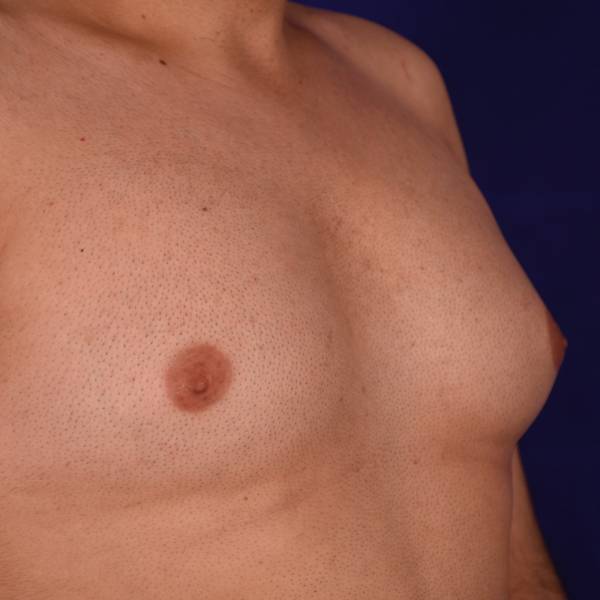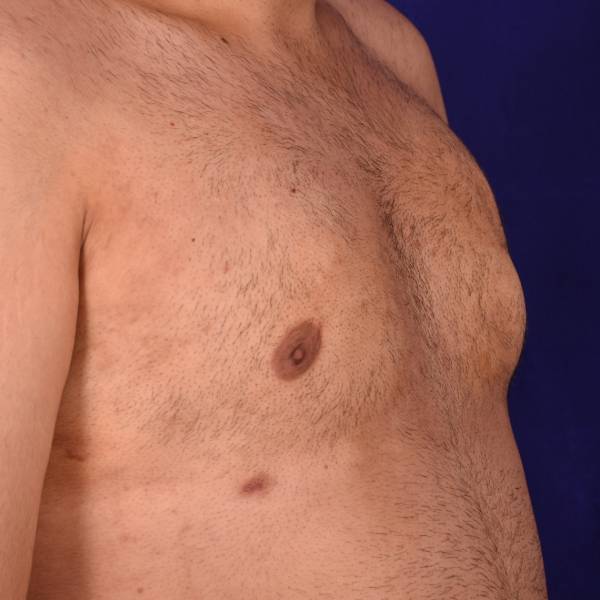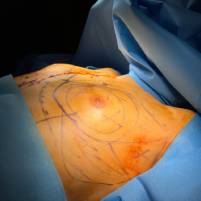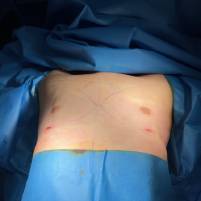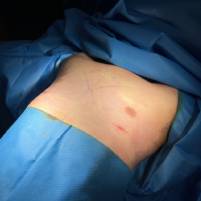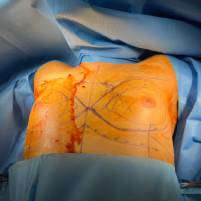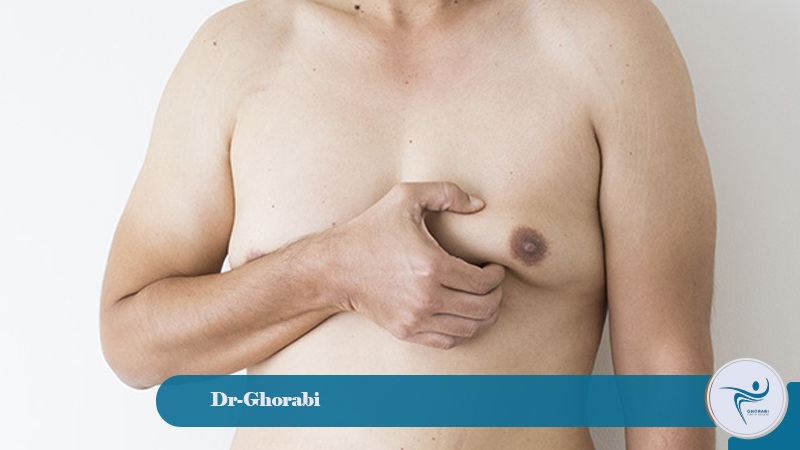Gynecomastia is the abnormal enlargement of breast tissue in men, which can be caused by a variety of factors, including heredity, medications, hormonal changes, and obesity. It comes in varying degrees and has different treatment options. In mild cases, exercise and medication may be enough, but in more severe cases, gynecomastia surgery may be recommended.
Types of gynecomastia surgery
Male breast reduction surgery involves procedures such as liposuction and removal of glandular tissue, which help to remove sagging and restore the natural appearance of the breasts. The cost of surgery varies depending on the type and severity of gynecomastia and the surgical method, and the recovery period usually takes a few days. There are various surgical methods for treating gynecomastia, each of which is suitable for specific conditions. Below we will introduce the types of gynecomastia surgery:
Choosing the appropriate gynecomastia surgery method depends on the type of breast tissue and the individual conditions of each patient, which is determined by a specialist physician.
Dr. Ghorabi's Portofilo
Pre-operative tests for male breast cosmetic surgery
Pre-operative tests for male breast cosmetic surgery are very important to ensure you are in full health for the surgery and to minimize the risk of complications. These tests include:
| Test Name | Purpose of Test |
| Complete Blood Count (CBC) | General health check, identification of infection or anemia |
| Electrolytes | Checking body’s chemical balance, kidney function |
| Kidney function | Checking kidney function |
| Liver function | Checking liver health |
| Coagulation profile | Checking blood’s ability to clot |
| Urinalysis | Checking for urinary tract infection, kidney function, general health |
| Electrocardiogram (ECG/EKG) | Checking heart rhythm and health |
| Chest X-ray | Checking lung and heart health |
In general, no special preparation is required for most of these tests. Blood and urine samples are usually taken in the laboratory and after fasting. No special preparation is required for an ECG and chest X-ray. However, it is always best to follow any specific instructions from your doctor or laboratory.
Gynecomastia surgery steps
Gynecomastia surgery, like mammoplasty, usually begins with the choice of anesthesia. The choice between general anesthesia or local anesthesia depends on the patient’s condition and the surgeon’s opinion. After administering anesthesia, the surgeon carefully makes surgical incisions. The location and type of these incisions are determined by the technique used and the amount of excess tissue. Efforts are made to place the incisions in less visible areas such as the armpits, around the areola, or in natural skin folds to minimize scarring.
Following the gynecomastia procedure, the stage of removing excess breast tissue comes. At this stage, the surgeon’s precision is very important to maintain the natural and masculine shape of the chest. At the end of the male breast cosmetic surgery, after the tissue removal is complete, the incisions made are delicately sutured. If necessary, surgical drains are placed at the surgical site to drain possible fluids. Finally, the surgical area is bandaged and a compression garment will be used to support and reduce swelling. The patient is transferred to the recovery ward and is monitored until he gradually regains full consciousness and is ready to be discharged.
Postoperative care for gynecology
Gynecomastia surgery aftercare is very similar to lipo-surgery and plays a vital role in speedy recovery and achieving optimal results from your gynecomastia procedure. Following these instructions carefully will help you have a smooth recovery from male breast reduction surgery:
- Continuous use of compression garments to reduce swelling and support the new breast shape.
- Manage pain with prescribed medications and acetaminophen, avoid blood thinners.
- Careful wound care, keeping it clean and changing the dressing as directed by your doctor.
- Limit physical activity for 4 weeks, avoid heavy lifting and strenuous exercise.
- Sleeping with a pillow under your head to reduce swelling in the chest area for two weeks.
- Sponge bath until drains are removed, then shower with the permission of the treating physician.
- Pay attention to warning signs such as severe pain, sudden swelling, abnormal discharge, and fever.
- Regular follow-up with the surgeon to check the healing process and remove stitches and drains.
- Cold compresses in the first week and warm compresses in the following weeks to reduce swelling and possible bruising.
- Gently massage the scar after it has fully healed to improve the appearance of surgical scars.
- Protect the scar from sunlight for at least a year to prevent discoloration.
- Maintaining a stable weight and a healthy lifestyle is essential for lasting male breast reduction results.
By carefully following post-operative care and following up regularly with your doctor, you can make it through the recovery period well.
Complications of gynecomastia surgery
Gynecomastia surgery, like any other surgery, is associated with potential complications, although these are usually rare and manageable. The most common early complications include bleeding and hematomas (collections of blood under the skin), seromas (collections of fluid), infection at the surgical site, and adverse reactions to anesthesia. These can often be controlled with proper care and medication.
In addition to early complications, some late complications may also occur. Changes in nipple sensation, such as numbness or hypersensitivity, may be temporary or permanent. Other possible complications include asymmetry or an undesirable change in breast shape and visible scarring. Sometimes, reconstructive surgery is needed to correct these problems.
In rare cases, more serious complications, such as skin necrosis (death of skin tissue) or deep vein thrombosis (DVT), can occur. Choosing an experienced plastic surgeon and carefully following pre- and post-operative instructions significantly reduces the risk of these complications and helps achieve safe and satisfactory results.
Gynecomastia surgery cost
The cost of male gynecomastia treatment, such as breast lift surgery, especially gynecomastia surgery or male breast reduction surgery, is affected by several factors that require careful and specialized consideration. The type of surgical technique (advanced visceral lipo, liposuction, mastectomy, combined) will directly affect the final cost.
The patient, the amount of excess tissue, and the need for ancillary procedures such as skin lifts all play a role in determining the surgical fee.
In addition, the plastic surgeon’s fee, anesthesia costs, hospital or clinic facilities, and ancillary expenses such as medications and compression garments add to the overall cost. The geographic location of the surgery center and the surgeon’s reputation and experience are also determining factors in the final estimate of the price of gynecomastia surgery.
Gynecomastia treatment for men at Dr. Ghorabi's clinic
Gynecomastia, the abnormal enlargement of breast tissue in men, is a source of embarrassment and discomfort for many men. Dr. Gholamhossein Ghorabi Clinic, specializing in the treatment of gynecomastia, offers effective solutions to this problem.
At this clinic, advanced gynecomastia surgery methods, including the advanced VASER Lipo technique and glandular removal, are used to achieve natural and desired results. The goal is to create a smooth, masculine chest and improve the overall appearance of the body.
Treatment at Dr. Gharabi Clinic, the best cosmetic surgeon in Tehran, not only improves physical appearance, but also helps increase self-confidence and improve the quality of life of men. It is recommended to consult Dr. Gharabi Clinic to determine the best treatment method for you and to learn more.
Visitor comments
About DR. Ghorabi
Get to know/Meet Dr. Ghorabi.

About DR. Ghorabi
Get to know/Meet Dr. Ghorabi.

Fellow of the American Academy of Facial Plastic and Reconstructive Surgery (AAFPRS) or a similar organization such as the American Society of Plastic Surgeons (ASPS).

Official member of the International Society of Plastic and Aesthetic Surgeons
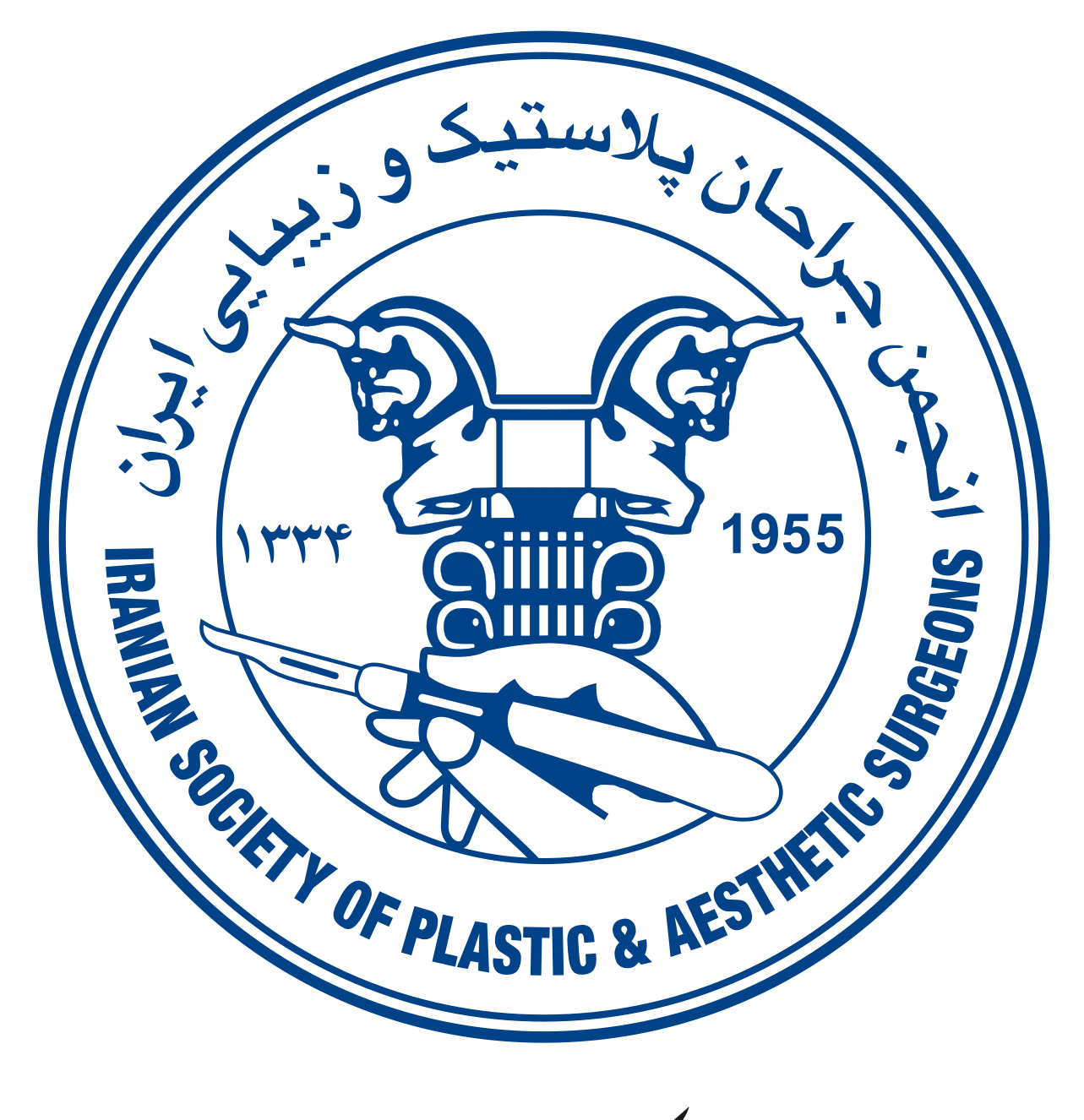
Official member of the Iranian Association of Plastic and Reconstructive Surgeons
FAQs
Can gynecomastia be cured with exercise?
Exercise is effective in reducing body fat, but it does not eliminate the glandular tissue of gynecomastia. Surgery is the only definitive treatment.
When is the best age for gynecomastia surgery?
The best time is after puberty and hormone stabilization. Surgery is usually performed after the age of 18 and with the surgeon’s consultation.
Will there be scars after gynecomastia surgery?
The scar is very subtle and created in hidden areas. With post-operative care, it will fade over time.
How long is the recovery period after gynecomastia surgery?
The recovery period is about one to two weeks. During this time, you should avoid strenuous activities and use a special compression garment.
Are the results of gynecomastia surgery permanent?
Yes, with the removal of glandular and fatty tissue, the surgical results are permanent. Of course, maintaining an appropriate weight affects the longevity of the results.


